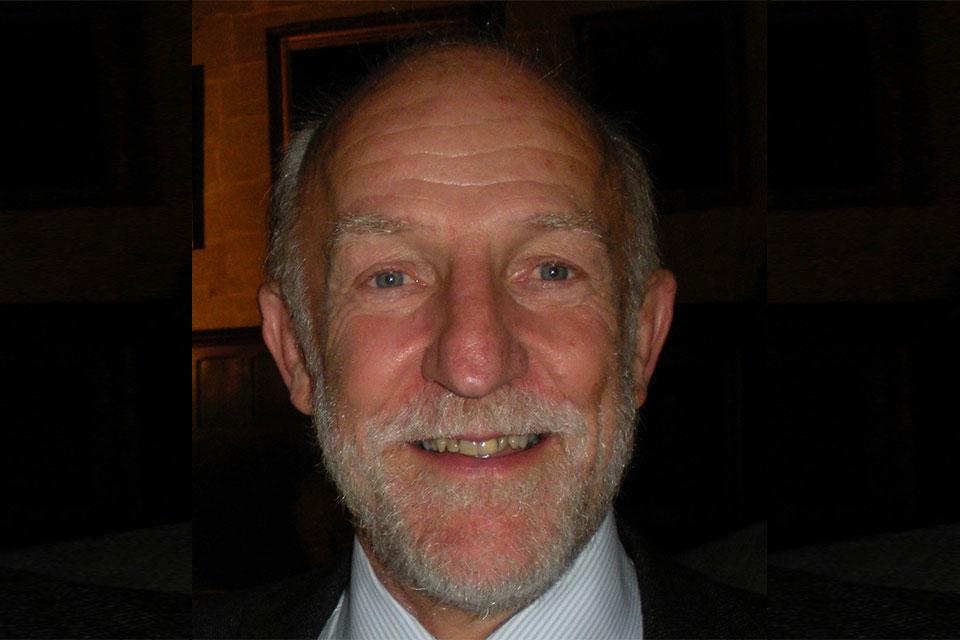It is with great sadness that we announce that our friend and colleague Professor Graham Ross FRS died suddenly on the evening of 31 October 2021.
Graham had a long and distinguished career in theoretical particle physics. He did his doctorate at Durham University working on Kaon physics under the supervision of Alan Martin. In 1970 he moved as a post-doc to the Theory Group at the Rutherford Laboratory where he began to work on the then-new gauge theory of the electro-weak interactions. He became a CERN Fellow in 1974, and soon wrote one of the earliest papers on logarithmic scaling violation in deep-inelastic scattering in an asymptotically free gauge theory. Over the next few years at CERN, and then at Caltech 1977-79, he became one of the leading figures in understanding the QCD description of deep inelastic scattering and the parton model, and of hadron creation in e+/e- annihilation. A famous paper with John Ellis and Mary K Gaillard predicted the production of three jet events, the third arising from hard gluon radiation. These were subsequently observed by the TASSO experiment at DESY thus demonstrating the existence of the gluon.
In 1979 Graham moved to Oxford with an Atlas Fellowship at the Rutherford Laboratory, and then a full faculty position from 1984. He continued to work on QCD, but also started to investigate the new Grand Unified Theories (GUTs) and their implications at low energies for the physics of the Standard Model and its parameters, in particular the electroweak mixing angle. Graham swiftly realised that supersymmetric versions of GUTs had many advantages and wrote several definitive papers. His discovery of the mechanism for electroweak symmetry breaking driven by supersymmetry breaking through quantum loop effects was described in the most highly cited of all his papers, written with Luis Ibanez.
In the mid-1980s Graham was one of the founders of the field nowadays usually known as superstring phenomenology. The ultimate challenge of understanding observed low energy physics from the perspective of an underlying superstring theory at Planckian energies is one that concerned him for the rest of his life. He made many contributions to understanding the implications of supersymmetric versions of GUTS and the Standard Model and their experimental signatures. His work on the mechanisms and symmetries behind the observed fermion masses and mixing angles was seminal. The interplay between particle theory and cosmology fascinated him, and he developed influential models for inflation and the dynamical generation of cosmological scales.
Graham was elected a Fellow of the Royal Society in 1991. He remained active and engaged after retirement in 2008, and was his usual lively self at our regular seminar on the Thursday afternoon before he died.
Graham was generous in spirit, and a very kind man. He will be remembered with affection and admiration by his former students and collaborators, and by friends and colleagues around the world.
Our thoughts are with his wife and family at this very difficult time.
Video recordings of talks given at GrahamFest 2011, the event that marked his formal retirement from Oxford, can be found here: GrahamFest 2011 videos
If you would like to leave a message offering your condolences, please do so here.

